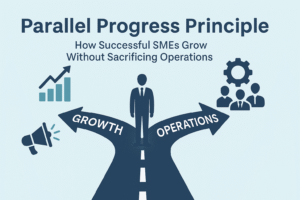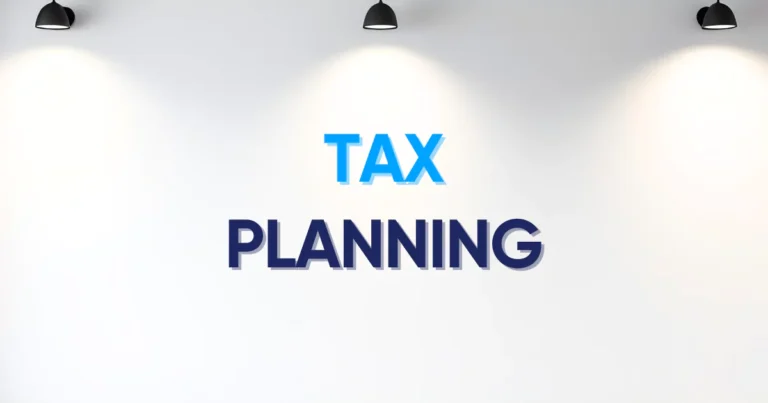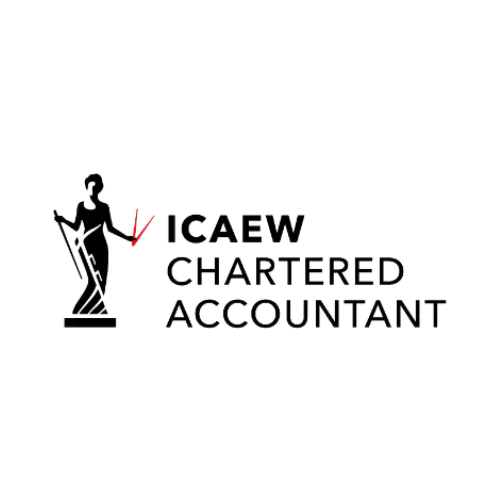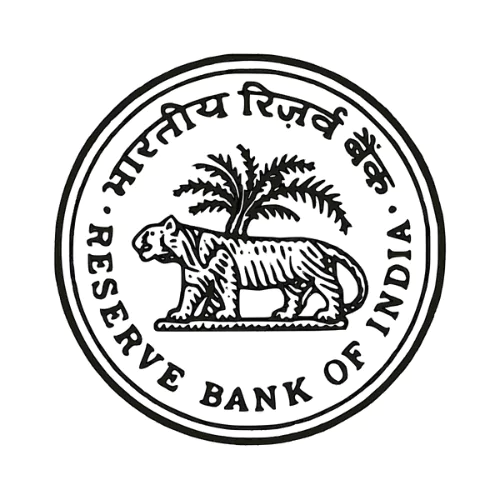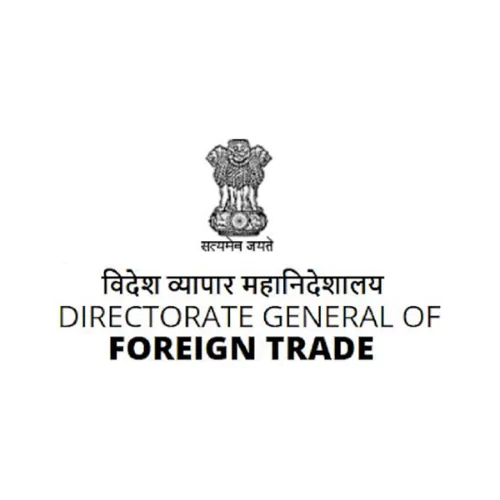Financial Management:
Financial management refers to the process of planning, organizing, controlling and monitoring financial resources to achieve our goals. It involves making decisions about earning, spending, saving, investing and protecting money to ensure long-term financial goals and growth.

Advantages of Financial Management:
1.Builds Financial Security–Proper money management builds financial security by ensuring savings to cover unexpected expenses (medical emergencies, job loss, car repairs) without falling into debt.
2.Reduces stress and uncertainty-Financial control prevents anxiety over bills or living paycheck to paycheck and builds confidence in your finances improves mental health and relationships.
3.Helps achieve life goals-Whether it’s buying a home, starting a business, traveling, or retiring early, disciplined saving and investing make these goals attainable.
Set Financial goals
Setting financial goals is essential for effective money management. It’s never too late to set financial goals that provide security and freedom for yourself and your family.

Make sure the goals are specific, measurable, achievable, relevant, and time bound (SMART)
1. Define short-term goals that can be accomplished within a year to maintain your motivation. Examples: for a vacation, movie, paying credit card debt.

2.Establish long-term goals for larger investments, such as retirement and purchasing a home.
Prioritize your goals by ranking them based on urgency and be prepared to adjust them as needed.
Steps to Manage Personal Funds
- Track your Income & Expenses
- Create a Budget
- Build an emergency fund
- Reduce & Manage Debt
- Save & invest wisely
- Plan for Retirement
1.Track Your Income & Expenses
1. Record All Income – It’s important to understand where your money comes from and where it goes (e.g., salary, side hustles, etc.).

2. Track Every Expense-Track every expense, both fixed and variable.
3. Review Monthly-Review your budget monthly. Budgeting apps can simplify managing your finances by tracking expenses, setting savings goals, and providing insights into your spending habits.
Following are few budgeting apps that you might find useful. Please note, these are provided solely for reference:
– Mint (Free): Tracks spending, creates budgets, and offers credit score monitoring.
– YNAB (You Need a Budget) (Paid): Focuses on proactive budgeting using a zero-based approach.
2.Create a Budget
Build a Budget, categorize your expenses. Use the 50/30/20 rule.

- 50% of the income allocates to Needs: This includes essential expenses such as rent, groceries, food, utilities, bills, medicine, health insurance and transportation.
- 30% to Wants: This covers non-essential expenses like movies, entertainment, travel, gadgets, shopping, dining out and vacations. If you need to save more or pay off debt faster, consider cutting back in this category.
- 20% to Savings & Debt Repayment: Allocate this portion for savings and paying down debt. If you want to save more, you should reduce expenses in the wants category.
3.Build an Emergency Fund:
- An emergency fund is not just saving money—it’s also building financial security and smart habits. It helps us to stay stable during unexpected events like Job loss immediate relay on credit cards or loans if you lack emergency funds and medical bills due to unexpected health issues (if no health insurance taken), or major car or home repairs.

- Save 3-6 months’ worth of living expenses
- Keep it in a separate, easily accessible account
- Start small and increase gradually
If it’s not used, we can use it for bigger goals like buying a home, planning for retirement, or investing.
4.Reduce & Manage Debt:
- Don’t spend more than you earn, Debt doesn’t just cost money—it costs time, opportunities and peace of mind. The sooner you eliminate it, the faster our money can work for us.
- Our Money feeds banks and lenders instead of going to savings or investments and delays major financial goals like retirement and increases stress. Avoid unnecessary loans.

- Get out of debts ASAP! Pay off high-interest debt first (credit cards)
- Credit cards, payday loans and personal loans often have 15–30% interest where we need to pay far more than we borrowed.
- Use the Debt Avalanche (high interest first) method or Debt Snowball (small debts first).
- Avoid unnecessary loans
1. Avalanche Method (Mathematically Optimal)
How it works:
Focus on paying off the highest-interest debt first while making minimum payments on the rest.Once the first debt is gone, roll its payment into the next highest-interest debt.
Pros:
✅ Saves the most money on interest over time.
✅ Fastest path to debt freedom mathematically.
Cons:
❌ Requires discipline (no quick wins).
❌ May feel slow if high-interest debts are large.
Best for: Logical thinkers who want the most cost-effective approach.
2. Snowball Method (Behaviorally Effective)
How it works:
Pay off the smallest debt balance first while making minimum payments on the rest.
After paying off the smallest, move to the next smallest.
Pros:
✅ Quick wins boost motivation (psychological momentum).
✅ Simplifies debt by reducing the number of accounts fast.
Cons:
❌ May cost more in interest if small debts have low rates.
Best for: People who need motivation to stay on track.
5. Savings:
- Small contributions can add up significantly over time. To build your savings, consistently transfer money into your savings account each month until you reach your goal.
- This savings allows you to cover unexpected expenses without relying on debt. Aim to save three to six months’ worth of living expenses as an emergency fund for financial security

- Savings is a tool that helps us to build financial security.
- Use it to achieve Short-term goals (e.g… for a vacation, movie, car, wedding, paying credit card debt).
Do not save what is left after spending; instead spend what is left after saving. – Warren Buffett
Invest wisely:
Make your money work for you
- Investing is key to growing your wealth, beating inflation, and achieving financial goals. Here are some popular investment options in India, categorized by risk level and returns potential:

✅ 1. Low-Risk Investment Options
These offer stability and guaranteed returns, making them ideal for conservative investors.
- Fixed Deposits (FDs)
- Secure and reliable with fixed returns.
- Interest rates: ~6% to 8% annually.
- Tenure: 7 days to 10 years.
- Senior citizens get higher interest rates.
- Taxable interest.
- Public Provident Fund (PPF)
- Long-term investment with tax-free returns.
- Interest rate: ~7.1% (fixed by the government).
- Lock-in period: 15 years (extendable).
- Tax benefits: EEE (Exempt, Exempt, Exempt) under Section 80C.
- National Pension System (NPS)
- Government-backed retirement scheme.
- Invests in equity and debt funds.
- Offers regular pension post-retirement.
- Tax benefits under Section 80CCD (1) and 80CCD (2).
- Senior Citizen Savings Scheme (SCSS)
- For individuals aged 60+ years.
- Interest rate: ~8.2% (quarterly review).
- Lock-in period: 5 years (extendable by 3 years).
- Taxable interest but eligible for Section 80C deduction.
📈 2. Moderate-Risk Investment Options
These offer moderate returns with slightly higher risk than fixed-income instruments.
- Debt Mutual Funds
- Invest in government and corporate bonds.
- Less volatile than equity funds.
- Returns: ~7% to 10%.
- Suitable for medium-term goals.
- Taxed based on capital gains.
- Corporate Bonds & Debentures
- Fixed-income securities issued by companies.
- Higher returns than FDs.
- Moderate risk of default.
- Taxable returns.
- Post Office Monthly Income Scheme (POMIS)
- Guaranteed monthly income.
- Interest rate: ~7.4% (as of 2025).
- Lock-in period: 5 years.
- Taxable returns.
🚀 3. High-Risk Investment Options
These have higher return potential but come with market volatility.
- Equity Mutual Funds
- Invest in stocks of companies.
- Long-term wealth creation (ideal for 5+ years).
- Returns: ~12% to 18% (historically).
- Taxable under LTCG (>1 year) and STCG (<1 year).
- Stocks (Equity)
- Direct investment in company shares.
- High growth potential but volatile.
- Requires market knowledge.
- Taxable under LTCG and STCG.
- Real Estate
- Investing in property for rental income or capital appreciation.
- High entry cost and illiquid.
- Taxable under capital gains.
- Gold (Physical or Digital)
- Traditional investment with stability during market downturns.
- Options: Gold ETFs, Sovereign Gold Bonds (SGBs), Digital Gold.
- Returns: ~8% to 12% annually.
- Taxable under capital gains.
💡 4. Alternative Investment Options
For investors seeking diversification and new opportunities.
- REITs (Real Estate Investment Trusts)
- Investment in commercial real estate without owning property.
- Regular dividends and capital gains.
- Moderate risk.
- Taxable income.
- Sovereign Gold Bonds (SGBs)
- Issued by the government.
- Earns fixed interest (~2.5%) and linked to gold prices.
- 8-year tenure with early redemption options.
- Tax-free capital gains if held till maturity.
- Cryptocurrency (High-Risk)
- Digital currency investment (Bitcoin, Ethereum, etc.).
- Highly volatile and speculative.
- Subject to 30% tax on gains in India.
🔥 5. Tax-Saving Investment Options
Investments that offer tax benefits under Section 80C or other sections.
- Equity-Linked Savings Scheme (ELSS)
- Tax-saving mutual fund with equity exposure.
- Lock-in period: 3 years.
- Potential returns: ~12% to 18%.
- Taxable under LTCG (>1 lakh) at 10%.
- Life Insurance Policies
- Term plans, endowment plans, or ULIPs.
- Tax benefits under Section 80C.
- Maturity proceeds are tax-free under Section 10(10D).
6.Plans for Retirement:
Think long-term
🛡️ 1. Government-Backed Retirement Plans
These plans are regulated by the Government of India and offer safety with moderate returns.
🔹 a) Employees’ Provident Fund (EPF)
- Eligibility: Salaried employees of organizations with 20+ employees.
- Contribution: Employee and employer contribute 12% of the employee’s basic salary and dearness allowance.
- Interest Rate: ~8.25% (subject to change annually).
- Tax Benefits: Contributions eligible for tax deductions under Section 80C.
- Withdrawal:
- After retirement (age 58).
- Partial withdrawal allowed for specific needs (marriage, education, etc.).
🔹 b) National Pension System (NPS)
- Eligibility: All Indian citizens (18–70 years).
- Investment Options:
- Equities (E), Corporate Bonds (C), and Government Bonds (G).
- Returns: ~8-12% (based on market performance).
- Tax Benefits:
- Additional ₹50,000 under Section 80CCD(1B).
- Payout:
- 60% lump sum (tax-free) at retirement.
- 40% to purchase an annuity (taxable pension income).

🔹 c) Public Provident Fund (PPF)
- Eligibility: All Indian citizens.
- Tenure: 15 years (extendable in blocks of 5 years).
- Interest Rate: ~7.1% (government-fixed).
- Tax Benefits:
- Tax-free interest.
- Contributions eligible under Section 80C.
- Withdrawal:
- Partial withdrawals allowed after 6 years.
- Full withdrawal after maturity.
🔹 d) Senior Citizens Savings Scheme (SCSS)
- Eligibility: Individuals aged 60+ years (55+ for retired defense personnel).
- Interest Rate: ~8.2% (subject to revision quarterly).
- Tenure: 5 years (extendable by 3 years).
- Tax Benefits:
- Up to ₹1.5 lakh under Section 80C.
- Interest taxable.
- Payout: Quarterly interest payout.
💼 2. Pension Plans from Insurance Companies
These are annuity plans offered by insurance providers, ensuring a regular income during retirement. Please note, these are provided solely for reference:
🔹 a) LIC Jeevan Akshay VII
- Type: Immediate annuity plan.
- Eligibility: 30-85 years.
- Payout: Immediate regular income after a lump sum payment.
- Returns: Fixed payout based on the amount invested.
🔹 b) LIC New Jeevan Nidhi
- Type: Deferred annuity plan.
- Eligibility: 20-60 years.
- Payout:
- Lump sum on maturity.
- Option to purchase an annuity for regular income.
- Tax Benefits: Under Section 80C.
🔹 c) HDFC Life Pension Guaranteed Plan
- Type: Immediate annuity plan.
- Payout:
- Guaranteed lifelong income.
- Option to choose single or joint-life annuity.
- Returns: Based on the annuity rate.
📈 3. Mutual Fund-Based Retirement Plans
These are market-linked products that offer higher growth potential but carry investment risks.
🔹 a) HDFC Retirement Savings Fund
- Type: Equity-oriented mutual fund with retirement benefits.
- Returns: ~10-15% (subject to market performance).
- Lock-in Period: 5 years or until age 60.
- Tax Benefits: Under Section 80C.
🔹 b) ICICI Prudential Retirement Fund
- Type: Hybrid fund (equity + debt).
- Returns: ~8-12%.
- Lock-in Period: 5 years or until age 60.
- Tax Benefits: Section 80C eligibility.
💰 4. Fixed Deposits (FDs) & Monthly Income Plans
For retirees seeking stability, FDs and monthly income plans provide assured returns.
🔹 a) Post Office Monthly Income Scheme (POMIS)
- Interest Rate: ~7.4% (subject to revision quarterly).
- Tenure: 5 years.
- Taxation: Interest is taxable.
- Payout: Monthly income payout.
🔹 b) Bank Fixed Deposits for Senior Citizens
- Interest Rate: ~7.5-8.5% (varies by bank).
- Tenure: Flexible (1-10 years).
- Taxation: Interest taxable.
- Payout: Monthly, quarterly, or yearly payout options.
Start investing early: The earlier you start, the larger your retirement corpus.
Common Mistakes to Avoid:
- Spending all the income leading a luxury life without savings can be RISK for future. poor financial habits steal your time, health, and freedom. Focus on the present.

- Living beyond your means
- Not having an emergency fund
- Not having a specific goal
- Failing to track spending
- Never use credit card to maximum limits
- Even small changes create massive long-term wins: so, start managing your funds.
Conclusion:
Financial discipline isn’t about restriction—it’s about making your money work for you so you can enjoy life without stress.

Whether you’re just starting or rebuilding, every smart choice today compounds into a brighter tomorrow.
“So, let’s start taking steps towards better family finances!”


